Art Guides
An Art Lover’s Guide to London: 5 Spots to Visit for an Offbeat Tour of British Art History
We select five must-see spots from a new book on London's art scene by critic and artnet News contributor Hettie Judah.
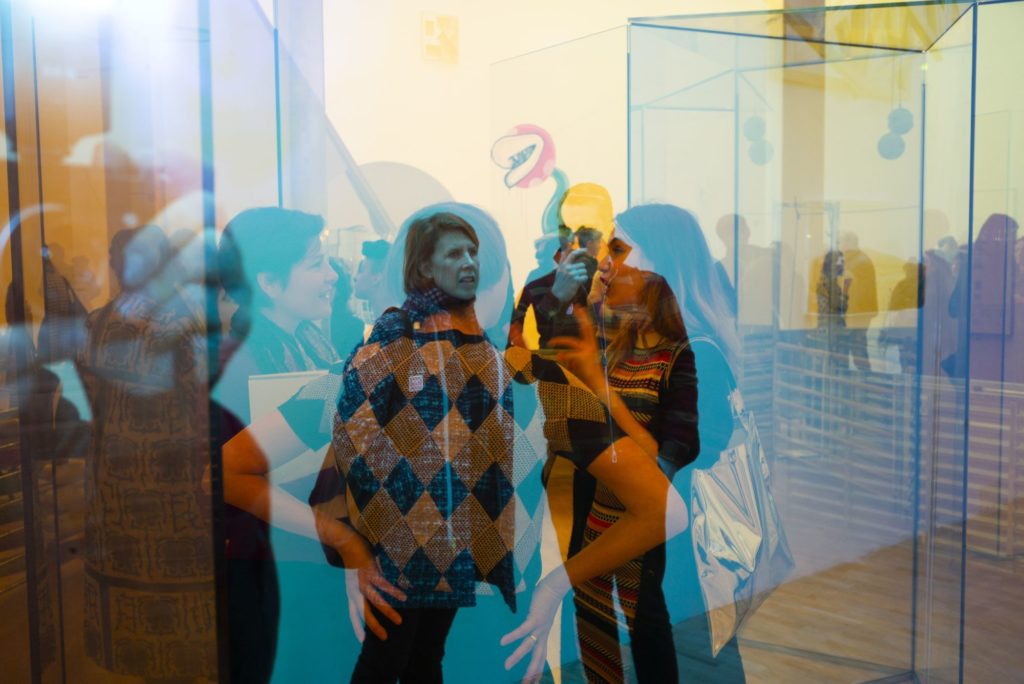
We select five must-see spots from a new book on London's art scene by critic and artnet News contributor Hettie Judah.

Javier Pes

One fateful day in 1967, when the Young British Artists were still in diapers, John Lennon met Yoko Ono in a small but well-connected art gallery in London’s West End. The Japanese artist handed the Beatle a card with the word “breathe” on it—and from then on, art and pop culture would never be the same. That meeting at Indica Gallery in Mayfair is one of many historical gems recounted in a new guide to the London art scene.
Written by the art critic and artnet News contributor Hettie Judah, Art London: A Guide to Places, Artists And Events is an indispensable volume for both art-world insiders familiar with the city and those who are new to it. As Judah notes, the sheer volume of art, museums, and galleries in London can feel overwhelming. But she has distilled a wealth of knowledge into pithy entries about its leading commercial galleries and non-profits, large and small.
“I love that you can stand in Mason’s Yard where White Cube now is and know it is where Lennon and Ono first met,” Judah says. “I wanted to capture London’s layers of history, which go back hundreds of years.” There is a surprise around every corner: Who knew, for example, that another Beatle, Paul McCartney, was an early customer of Indica, and even helped set up the alternative bookshop and art gallery?
These nuggets of history are interspersed with entries about important works of public art and the many artists who call London home, including Mike Nelson, Gillian Wearing, Tracey Emin, Anish Kapoor, and Yinka Shonibare. The book is admirably gender balanced. There are also shout-outs for unsung heroines, such as Laura Herford, the first female student at the prestigious Royal Academy. The trailblazer was admitted by accident in 1860 after submitting work signed only with her initials.
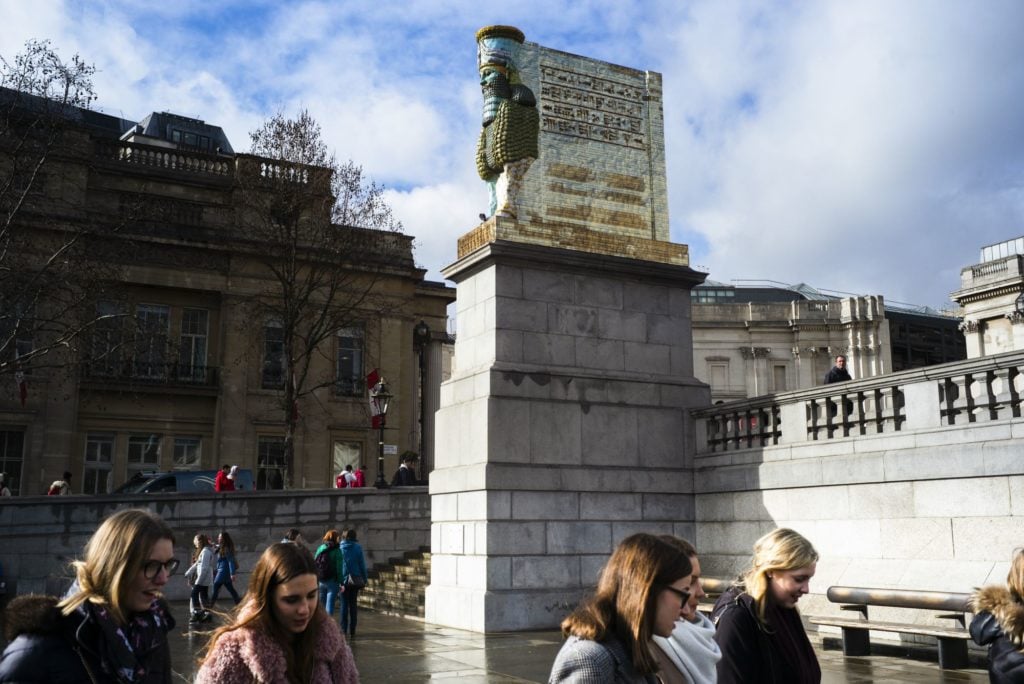
Michael Rakowitz, The Invisible Enemy Should Not Exist (2018), The Fourth Plinth. Photo by Alex Schneideman.
“There isn’t a book that brings together all of the art spaces in London,” Judah says, adding that she was given pretty much “carte blanche” by her publisher, ACC Art Books. It is an impressive feat; reading the book, which has been published just in time for Frieze Week, feels like being given a tour by an exceedingly knowledgeable friend. To give you a taste of what’s inside, we have selected five art-world landmarks that Judah presents as you may never seen them before.
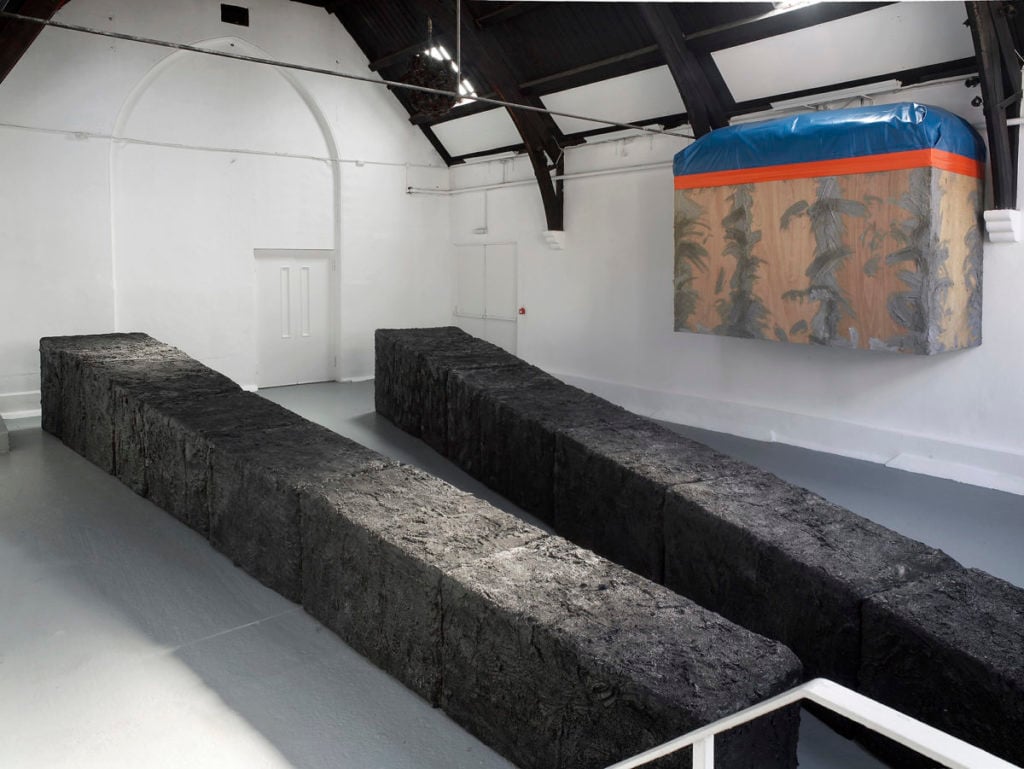
Phyllida Barlow, “Bluff” (2010) at Studio Voltaire in South London. Photo: Andy Keate.
Where: Studio Voltaire, Clapham, South London
The Backstory: British sculptor Phyllida Barlow has spent most of her career teaching at the Chelsea and Slade Schools of Art. It was only upon her retirement as a professor in 2009 that she was able to devote herself full time to sculpture. The following year, she had a solo show at Studio Voltaire in 2010, one of London’s leading nonprofit spaces. After that, her career took off: she became a Royal Academician, earned representation by Hauser & Wirth, snagged a major commission at Tate Britain, and was chosen to represent Britain at the 2017 Venice Biennale. “The ‘miracle’ that propelled Barlow’s ascent over the last ten years was, finally, the active attention being paid to the work of women artists of her generation,” Judah writes.
Why You Should Go: Take the opportunity to discover the next Phyllida Barlow before the art world beats you to it.
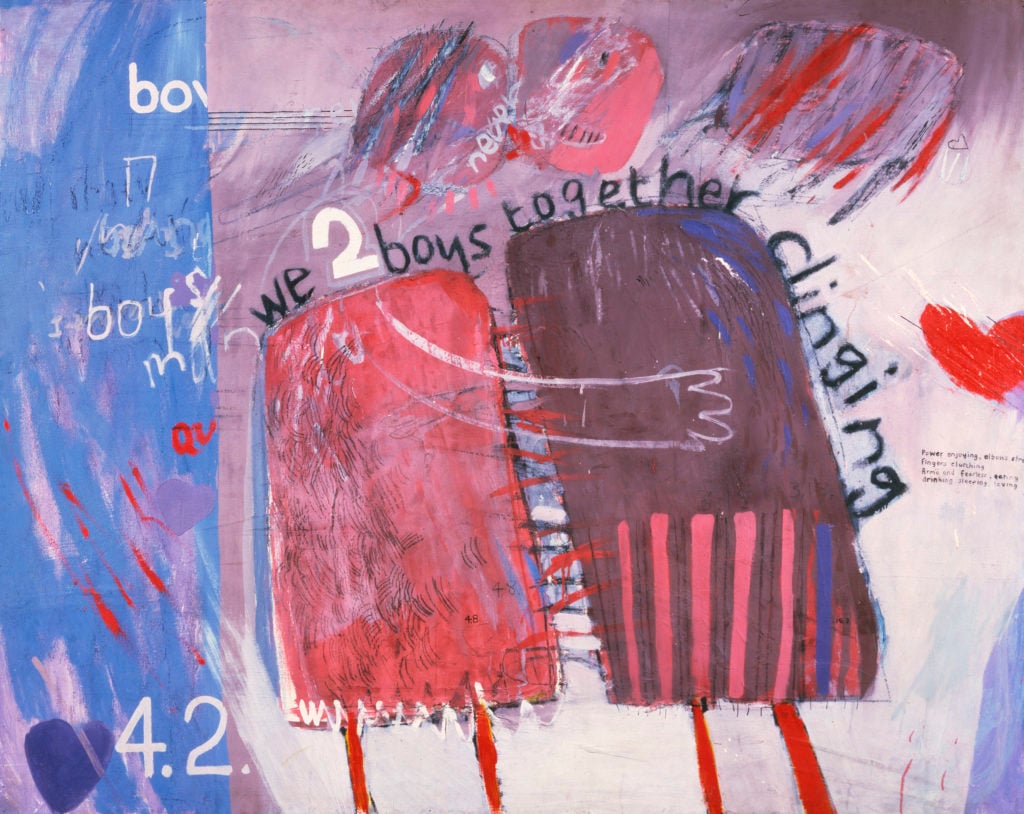
David Hockney’s We Two Boys Clinging Together (1961). © David Hockney, courtesy of the Arts Council, Southbank Centre London.
Where: The Royal College of Art, South Kensington, West London
The Backstory: As a student at the Royal College of Art in the early 1960s, Hockney was forced to sneak coded messages into his paintings at a time when homosexuality was still illegal. The title of the painting We Two Boys Clinging Together (1961) was partly inspired by a newspaper headline, “Two Boys Cling to Cliff All Night.” The article was, in fact, about a climbing accident, but Hockney had a crush on the singer Cliff Richard at the time, so the title could be read multiple ways.
Why You Should Go: See where generations of creatives—not only Hockney, but also architect David Adjaye and painters Frank Bowling and Bridget Riley—found their voices. Maybe you’ll absorb some inspiration, too.

London knows noses. Image courtesy of Wikimedia Commons.
Where: Admiralty Arch and various sites across Soho
The Backstory: In 1997, the artist Rick Buckley affixed casts of his nose under recently installed surveillance cameras around London. Most were detected and swiftly removed, but seven happily remain on view, one off Trafalgar Square and the others in Soho. Buckley only claimed responsibility for The Seven Noses of Soho in 2011, by which time, Judah writes, “they had generated a whole sub-genre of mythology.”
Why You Should Go: Who doesn’t enjoy a good old-fashioned nose scavenger hunt?

Jean Cocteau’s murals, Lady Chapel at Notre Dame de France Church. Courtesy of Wikimedia Commons.
Where: Lady Chapel, Notre Dame de France, Soho
The Backstory: Judah recalls clubbing in the basement of the church of Notre Dame de France in Soho, unaware that its Lady Chapel above had been painted by the French artist Jean Cocteau. He painted the murals in 1959, but was forced to modify some of the male figures because the priests thought them too sensual. It wasn’t the first time Cocteau’s art had raised eyebrows in London. His paintings of nudes (with a hint of pubic hair) were seized as obscene in 1938 at Croydon Airport ahead of his solo show, the inaugural exhibition at Peggy Guggenheim’s short-lived London gallery.
Why You Should Go: The church murals were restored in 2012, so they are looking extra spiffy these days.
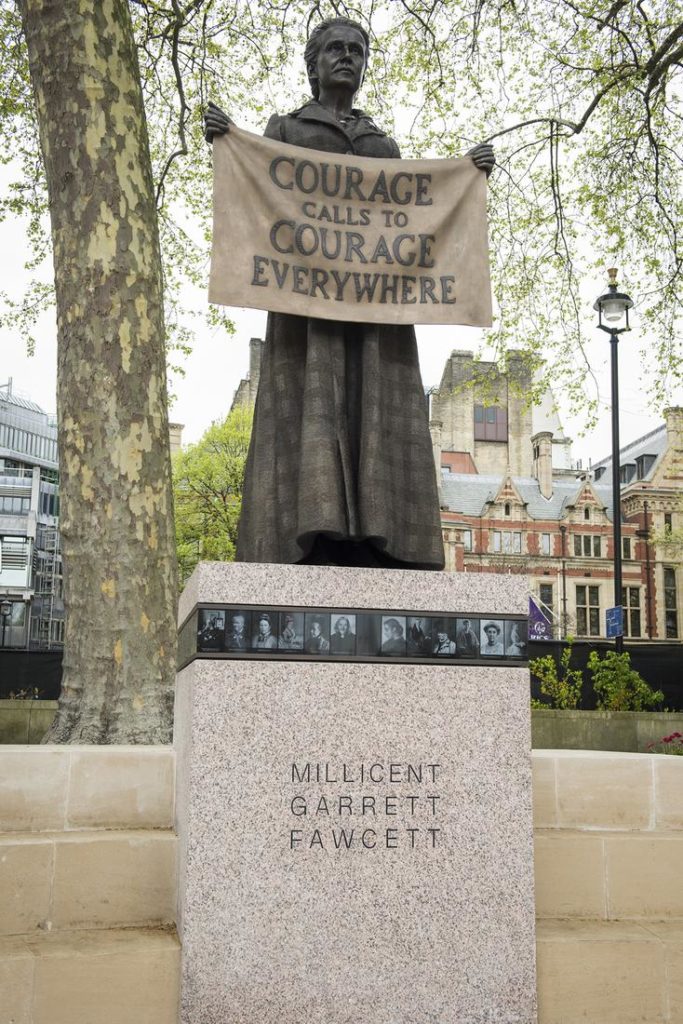
Statue of Millicent Fawcett by Gillian Wearing. Commissioned by the Mayor of London with 14-18 NOW, Firstsite and Iniva to commemorate the centenary of the Representation of the People Act 1918, through the Government’s national centenary fund. Photo by GLA/Caroline Teo courtesy Maureen Paley, London, Tanya Bonakdar Gallery, New York/ Los Angeles and Regen Projects, Los Angeles.
Where: Parliament Square, Westminster
The Backstory: The artist’s statue of the suffragist Millicent Fawcett was unveiled to mark the centenary of some women getting the right to vote in Britain. The first statue of a woman in Parliament Square, it shows Fawcett holding a banner reading, “Courage Calls To Courage Everywhere.” Judah points out that the figure recalls Wearing’s early work in the 1990s, when she photographed ordinary people in a shopping mall in Peckham, South London. They each held up a placard describing how they felt. Among them was one man who wrote, “I’m Desperate.”
Why You Should Go: As the Brexit crisis rages in Westminster beyond, Fawcett and the anonymous man’s words resonate for good and ill.
Art London: A Guide to Places, Artists and Events by Hettie Judah and photographs by Alex Schneideman is out now. It is published by ACC Art Books.